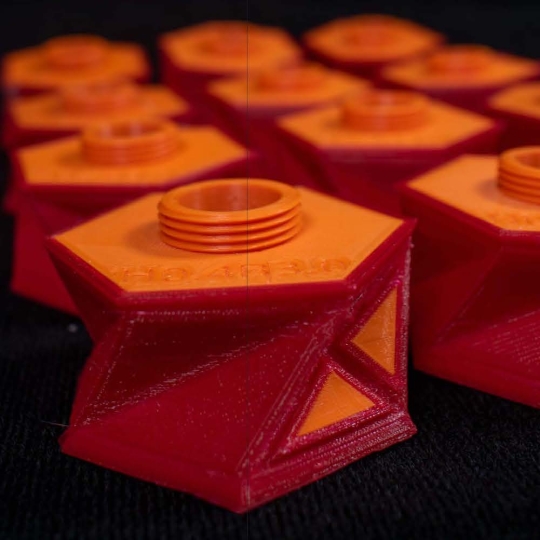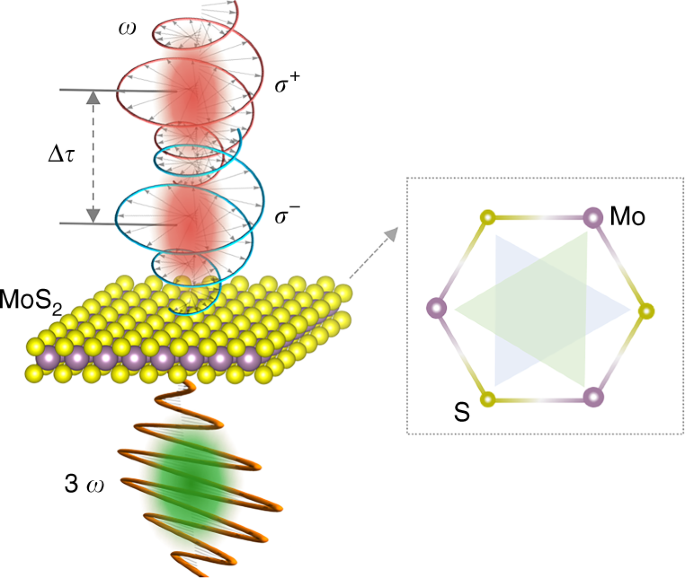2022-07-15 ペンシルベニア州立大学(PennState)
新型の半導体であるセレン化スズ(SnSe)は、光の粒子(光子)を使って情報の保存、操作、伝送を行う「フォトニクス」と呼ばれる新しいタイプの電子機器の開発に役立つと考えられている。従来のエレクトロニクスは電子を使ってこれを行うが、フォトニクスは光子を使う。セレン化スズは、スズとセレンが1:1の割合で存在する二元化合物である。
この材料は、光との特異な相互作用により、エレクトロニクスへの応用が期待されている。
<関連情報>
- https://www.psu.edu/news/materials-research-institute/story/new-type-semiconductor-may-advance-low-energy-electronics/
- https://pubs.acs.org/doi/abs/10.1021/acsnano.2c02459
高速光学計測と分子線エピタキシーによるSnSe薄膜のツインドメイン計測とその除去 Measuring and Then Eliminating Twin Domains in SnSe Thin Films Using Fast Optical Metrology and Molecular Beam Epitaxy
Wouter Mortelmans, Maria Hilse, Qian Song, Seong Soon Jo, Kevin Ye, Derrick Liu, Nitin Samarth, and Rafael Jaramillo
ACS Nano Published:June 16, 2022
DOI:https://doi.org/10.1021/acsnano.2c02459

Abstract
van der Waals (vdW) layered chalcogenides have strongly direction-dependent (i.e., anisotropic) properties that make them interesting for photonic and optoelectronic applications. Orthorhombic tin selenide (α-SnSe) is a triaxial vdW material with strong optical anisotropy within layer planes, which has motivated studies of optical phase and domain switching. As with every vdW material, controlling the orientation of crystal domains during growth is key to reliably making wafer-scale, high-quality thin films, free from twin boundaries. Here, we demonstrate a fast optical method to quantify domain orientation in SnSe thin films made by molecular beam epitaxy (MBE). The in-plane optical anisotropy results in white-light being reflected into distinct colors for certain optical polarization angles and the color depends on domain orientation. We use our method to confirm a high density of twin boundaries in SnSe epitaxial films on MgO substrates, with square symmetry that results in degeneracy between SnSe 90° domain orientations. We then demonstrate that growing on a-plane sapphire, with rectangular lattice-matched symmetry that breaks the SnSe domain degeneracy, results in single-crystalline films with one preferred orientation. Our SnSe bottom-up film synthesis by MBE enables future applications of this vdW material that is particularly difficult to process by top-down methods. Our optical metrology is fast and can apply to all triaxial vdW materials.



